 I feel like I missed last summer even though I spent more time outside than I have in a long time. Nearly every evening for two months was spent outside with Tim working for 4-5 hours in the evenings on the front and back yards.
I feel like I missed last summer even though I spent more time outside than I have in a long time. Nearly every evening for two months was spent outside with Tim working for 4-5 hours in the evenings on the front and back yards.
So what’s on tap for this summer? What monster house project will I tackle? NOTHING. We’re specifically saying no big projects this summer. We want to leave our time free to enjoy the weekends and get outside as a family.
But home improvement is kind of a hobby I guess, so there will be some smaller projects. For example, I’ve got an endless list of woodworking project ideas, and there will be a day coming soon when Tim and I will put plants all around the house. I bought a basketball pole that needs to be installed and Tyla wants a desk in her craft room. So I’ll still have projects to do but nothing will be so important that I have to put it before normal fun summer activities.
We’ve been getting lucky the past couple months with temps well-above normal. I’m sure we’ll be in for more cool, rainy weather, but these past couple weeks have given me a strong case of spring fever. The grass is growing, the cherry and magnolia trees are blooming. Bring on the summer of nothing!

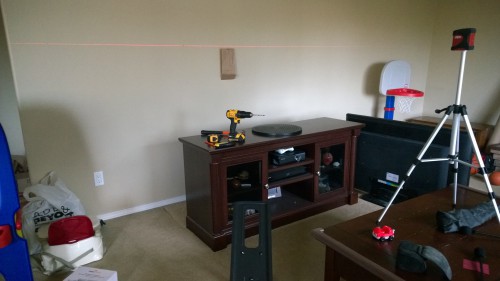
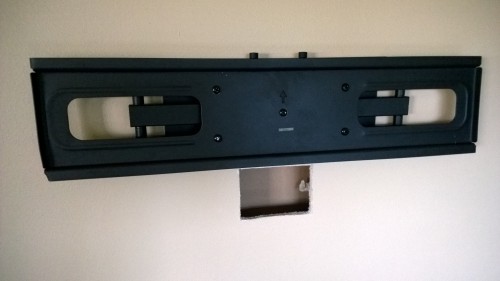
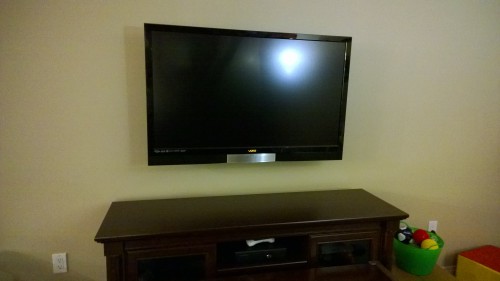
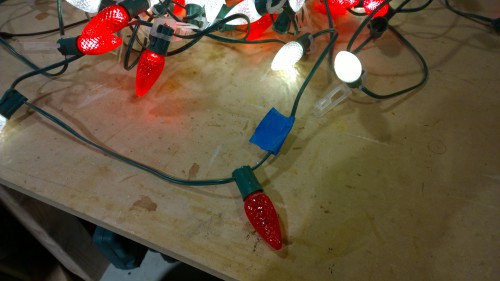
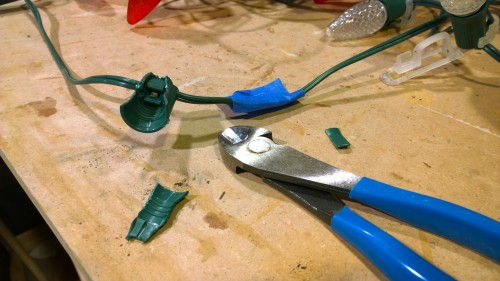
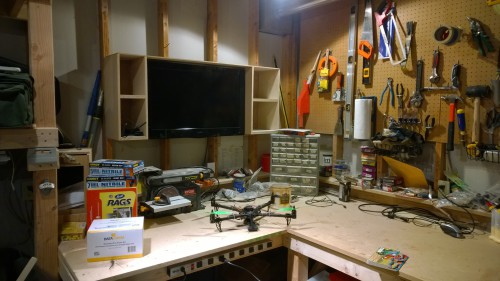
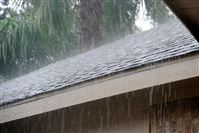 With all the drainage that we installed in the yard this year, I’ve been wondering how much less water ends up in our yard. Subjectively, it seems like it must be a lot because our yard is usable in the winter now as opposed to the mudhole we used to have. But what’s the actual number?
With all the drainage that we installed in the yard this year, I’ve been wondering how much less water ends up in our yard. Subjectively, it seems like it must be a lot because our yard is usable in the winter now as opposed to the mudhole we used to have. But what’s the actual number?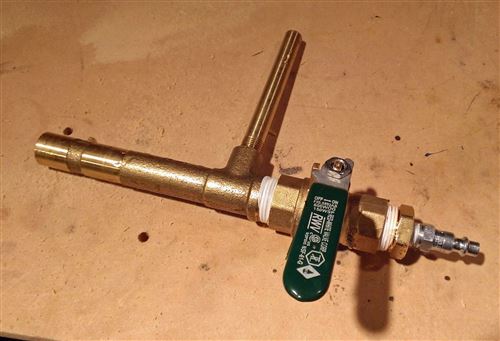
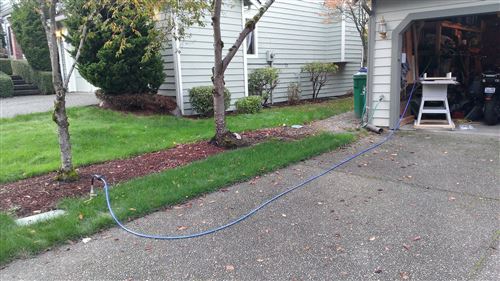
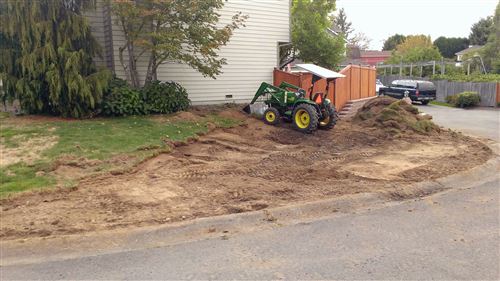
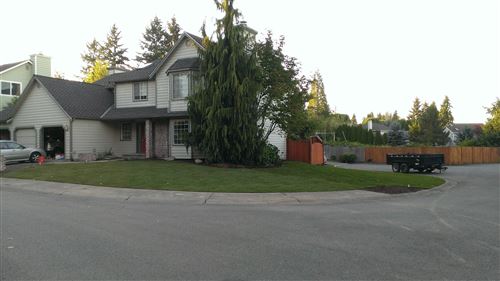
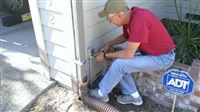 You can never have too many outlets in your shop. I finally got fed up with running extension cords all over the place so while Dad was visiting, we got our electrician on. Three new outlets were added inside: one near the bottom of my shelves to power the air compressor and the battery tender for the motorcycle, one by the irrigation clock, one up in the rafters by the IR light and the security camera. We also added two more outside that are on the same timer circuit as my outdoor lights: one is near the ground and one is up under the eaves. Why do that? For Christmas lights of course! I’ll have easy places to plug them in and then I’ll be able to control them with our
You can never have too many outlets in your shop. I finally got fed up with running extension cords all over the place so while Dad was visiting, we got our electrician on. Three new outlets were added inside: one near the bottom of my shelves to power the air compressor and the battery tender for the motorcycle, one by the irrigation clock, one up in the rafters by the IR light and the security camera. We also added two more outside that are on the same timer circuit as my outdoor lights: one is near the ground and one is up under the eaves. Why do that? For Christmas lights of course! I’ll have easy places to plug them in and then I’ll be able to control them with our 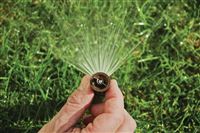 As I ran the irrigation system for the first few times, I had no idea how much money it was costing me. We’re only billed every two months so it would take a while to find out and I didn’t want a big surprise. To get a rough idea, I ran each zone for a few minutes and then took a reading from the water meter. Thankfully we have very accurate water meters so I was able to get good readings.
As I ran the irrigation system for the first few times, I had no idea how much money it was costing me. We’re only billed every two months so it would take a while to find out and I didn’t want a big surprise. To get a rough idea, I ran each zone for a few minutes and then took a reading from the water meter. Thankfully we have very accurate water meters so I was able to get good readings.